Gold price waits for rates clues from Jackson Hole
Political turmoil in the US has the potential to 'help gold in the short and longer term'
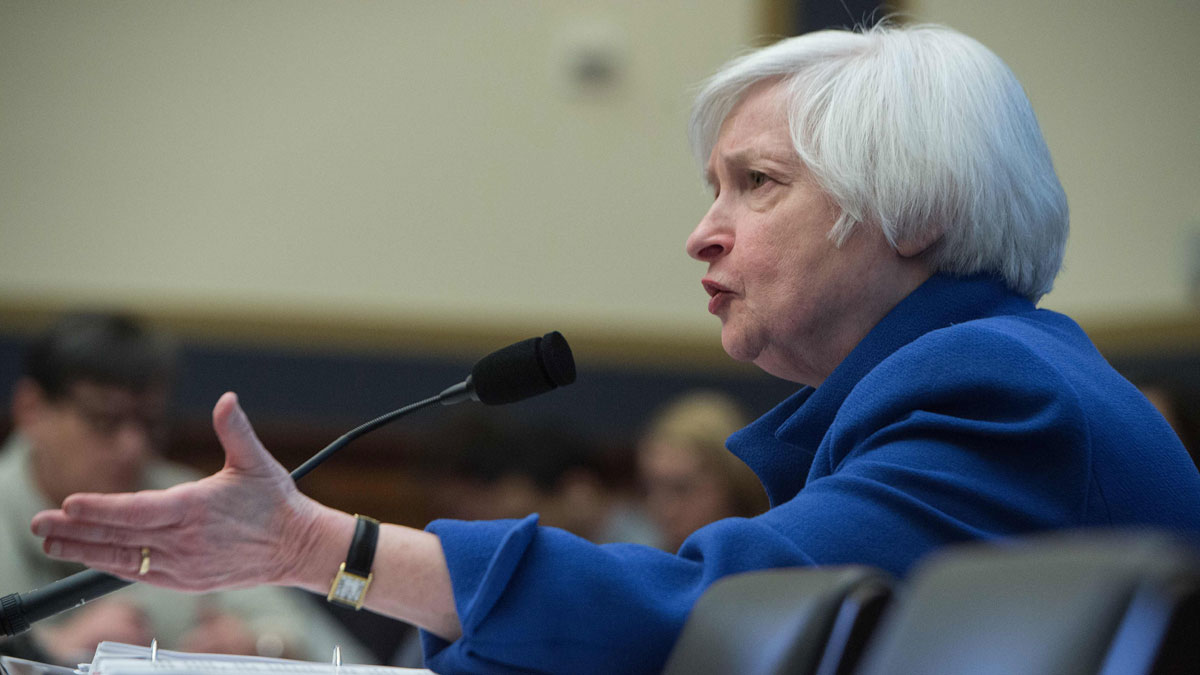
Gold price surges as rates hopes fade fast
2 October
The gold price surged this afternoon, as a surprisingly weak US jobs report blew apart assumptions of a countdown to a rate hike this year.
The precious metal had fallen for a sixth consecutive session on Thursday, as expectations grew that a strong US jobs report would foreshadow the end of a prolonged interest rate stasis. The commodity eventually settled at $1,108, close to the lows reached in early September before the latest Federal Reserve interest rates hold prompted a brief rally.
The Week
Escape your echo chamber. Get the facts behind the news, plus analysis from multiple perspectives.

Sign up for The Week's Free Newsletters
From our morning news briefing to a weekly Good News Newsletter, get the best of The Week delivered directly to your inbox.
From our morning news briefing to a weekly Good News Newsletter, get the best of The Week delivered directly to your inbox.
And it was heading lower today until the non-farms payroll numbers were published, showing the US economy added just 142,000 jobs in September. It was expected to show 203,000 jobs were added last month, well up on August and a strong sign that the domestic recovery is on a strong footing. Wage growth also stagnated month-on-month and was only 2.2 per cent on an annual basis, offering little in the way of evidence of inflationary pressure.
Unemployment remained at a seven-year low of around 5.1 per cent, but even this was tempered by a fall in labour force participation, which is at its lowest level since the 1970s.
The upshot of it all is that most analysts are now anticipating rates will not rise until next year, with the consensus being that the US Federal Reserve will looks to act in March at the earliest. This is good news for gold, as well as other non-yielding commodities, which tend to suffer when rates rise. Gold jumped $25 in just 15 minutes and was up 1.9 per cent at $1,138 for the day.
The question now is how far the gold price will rise. After the Fed's hold in September, which was accompanied by a surprisingly dovish summary, the metal jumped to a high of around $1,150, but quickly softened as the Fed stepped in to scotch speculation that it would not make any rates changes for the foreseeable future.
A free daily email with the biggest news stories of the day – and the best features from TheWeek.com
"The prospect that the turn in the US monetary cycle is still imminent remains central to our view that we remain bearish for the yellow metal," according to a note from Robin Bhar at Societe Generale, quoted by Bullion Vault. "Our view is still that the Fed will hike in December," FX strategist Steven Barrow of ICBC Standard Bank added.
Gold price dives as rates rise dominates agenda
1 October
The figures give more weight to the argument that the economy will be able to handle a rates rise, which the Federal Reserve's chairman Janet Yellen says is still on the cards for later this year. Rate increases tend to hurt non-yielding commodities like gold and have been the main reason for the precious metal's slide so far this year.
Gold was sold off yesterday in New York and overnight in Asia, with the move exacerbated by a shift from traders into risk assets like equities. It hit $1,111 an ounce at one point, its lowest in two weeks, and settled slightly higher at around $1,114, down around $13 for the day. With speculation on rates continuing to build, the price could fall even further.
Daily FX suggests that technical charts point to a settlement of around $1,110, but says that if this is breached the next support could come at a past daily low of $1,099. These relatively narrow ranges are expected to hold ahead of any Fed decision, as they did before the central bank's September meeting, with any vote to raise rates prompting a sharper decline.
How far they will then go remains a matter for debate. Some have previously suggested a bottom as low as $800 an ounce, while others reckon the drop may be shallower and the bounce back more rapid, as a shortage of physical gold comes back to the fore following the recent high demand (see below).
Why the gold price may not crash when Fed raises rates
30 September
After a difficult few days of trading, gold is continuing to drift back from its recent brief rally that was sparked by the Fed's decision not to raise interest rates.
The precious metal has fallen by around three per cent this year on the back of mounting speculation that interest rates might begin to rise. As rates rise income-generating assets start to look more attractive relative to non-yielding commodities, this should trigger a surge in the dollar, against which gold is often used as a hedge.
With Federal Reserve chairman Janet Yellen and her colleagues at pains to stress that the hold on rates earlier this month was temporary and that a first rise is expected this year, the bounce in gold brought on by the decision not to tighten policy two weeks' ago has proved to be a shallow one. Having peaked well short of its summer high and then tumbled on Monday, gold fell back slightly again on Tuesday to $1,126 an ounce on the New York Comex exchange.
But there is growing evidence that with the price of gold now approaching its multi-year nadir, demand for physical gold is rising in key markets – and at a time when physical reserves are widely thought to be at record lows.
The Wall Street Journal reports that exports from Hong Kong to mainland China – a proxy for demand for a country that does not publish official gold trading data – reached 1,891.9 tons so far this year, 560.9 tons more than during the same period last year. This signals an early start to buying ahead of the festival season in China and reflects the fact that consumers are "seeking a safe haven" as a result of the slide in stock markets.
Mining.com notes that in India, the second largest gold market in the world after China, bullion imports more than doubled to $4.95bn or 140 tonnes in August, compared to 89 tonnes in July. Central banks in countries like Russia and Kazakhstan are also taking advantage of the low prices to add to their reserves.
It all adds up to a robust picture in terms of demand for physical gold. But analysts warn that "any sharp uptrend in prices is expected only once the Fed's decision on interest rates is out of the way," the Wall Street Journal notes. This "will remove the uncertainty on gold's outlook".
Heartening news perhaps, but we can't quite call it a comeback.
-
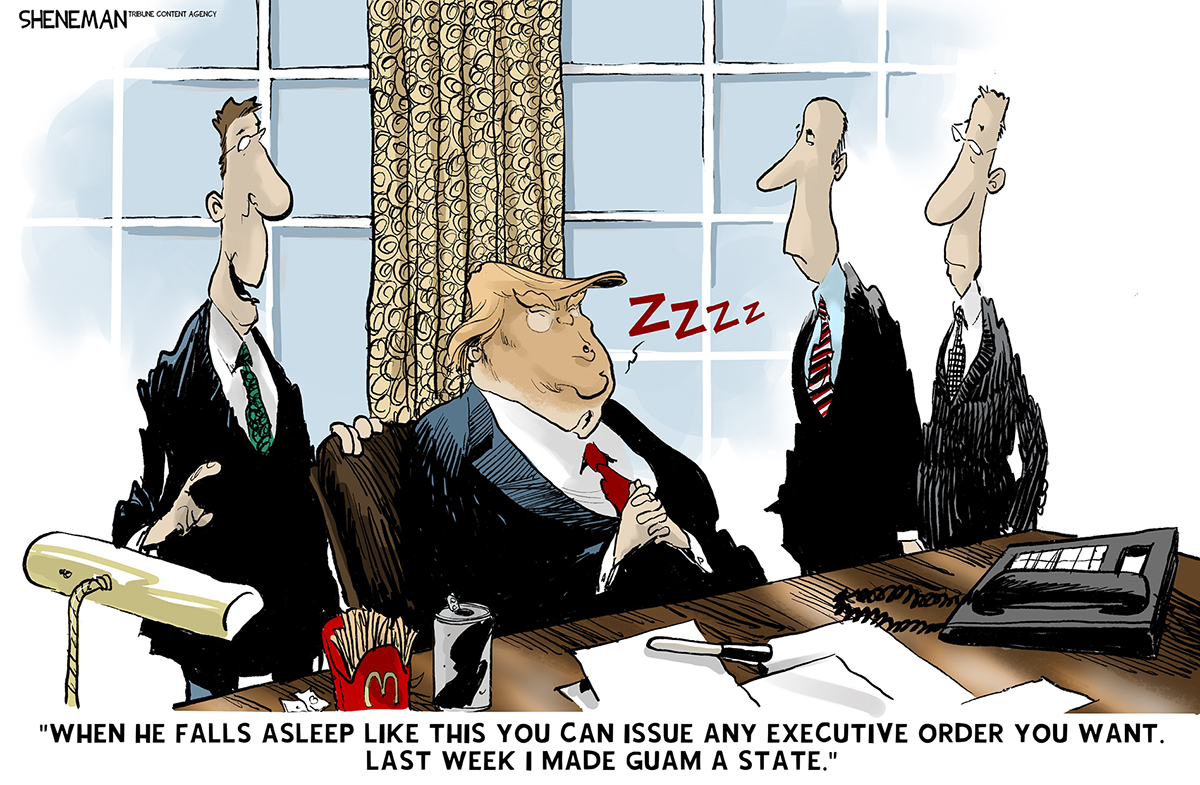 Political cartoons for December 4
Political cartoons for December 4Cartoons Thursday’s political cartoons include a nap for Donald Trump, rage bait of the year, artificial intelligence turning on its master and more
-
 Wake Up Dead Man: ‘arch and witty’ Knives Out sequel
Wake Up Dead Man: ‘arch and witty’ Knives Out sequelThe Week Recommends Daniel Craig returns for the ‘excellent’ third instalment of the murder mystery film series
-
 Zootropolis 2: a ‘perky and amusing’ movie
Zootropolis 2: a ‘perky and amusing’ movieThe Week Recommends The talking animals return in a family-friendly sequel
-
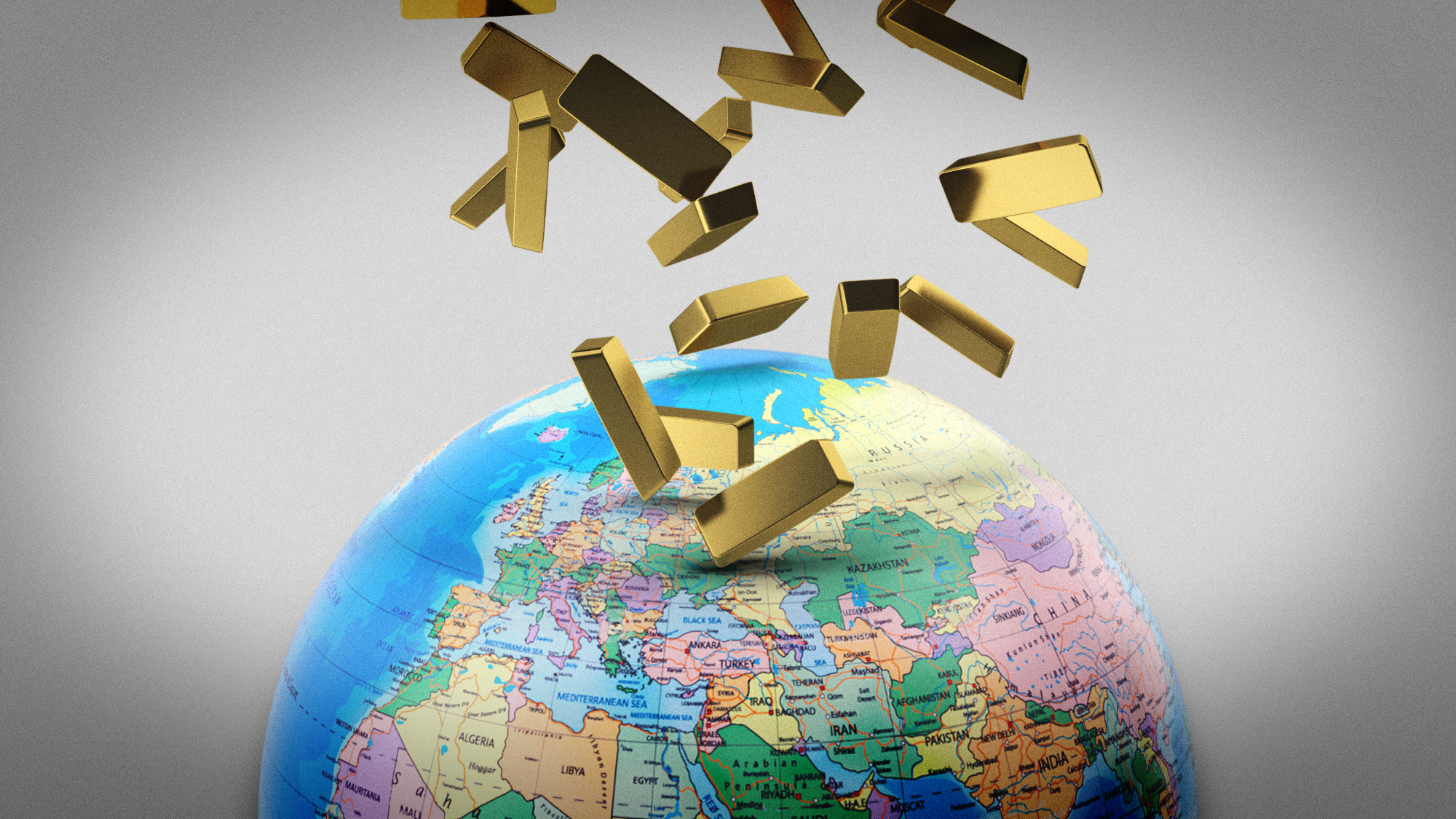 What a rising gold price says about the global economy
What a rising gold price says about the global economyThe Explainer Institutions, central banks and speculators drive record surge amid ‘loss of trust’ in bond markets and US dollar
-
 Gold tops $4K per ounce, signaling financial unease
Gold tops $4K per ounce, signaling financial uneaseSpeed Read Investors are worried about President Donald Trump’s trade war
-
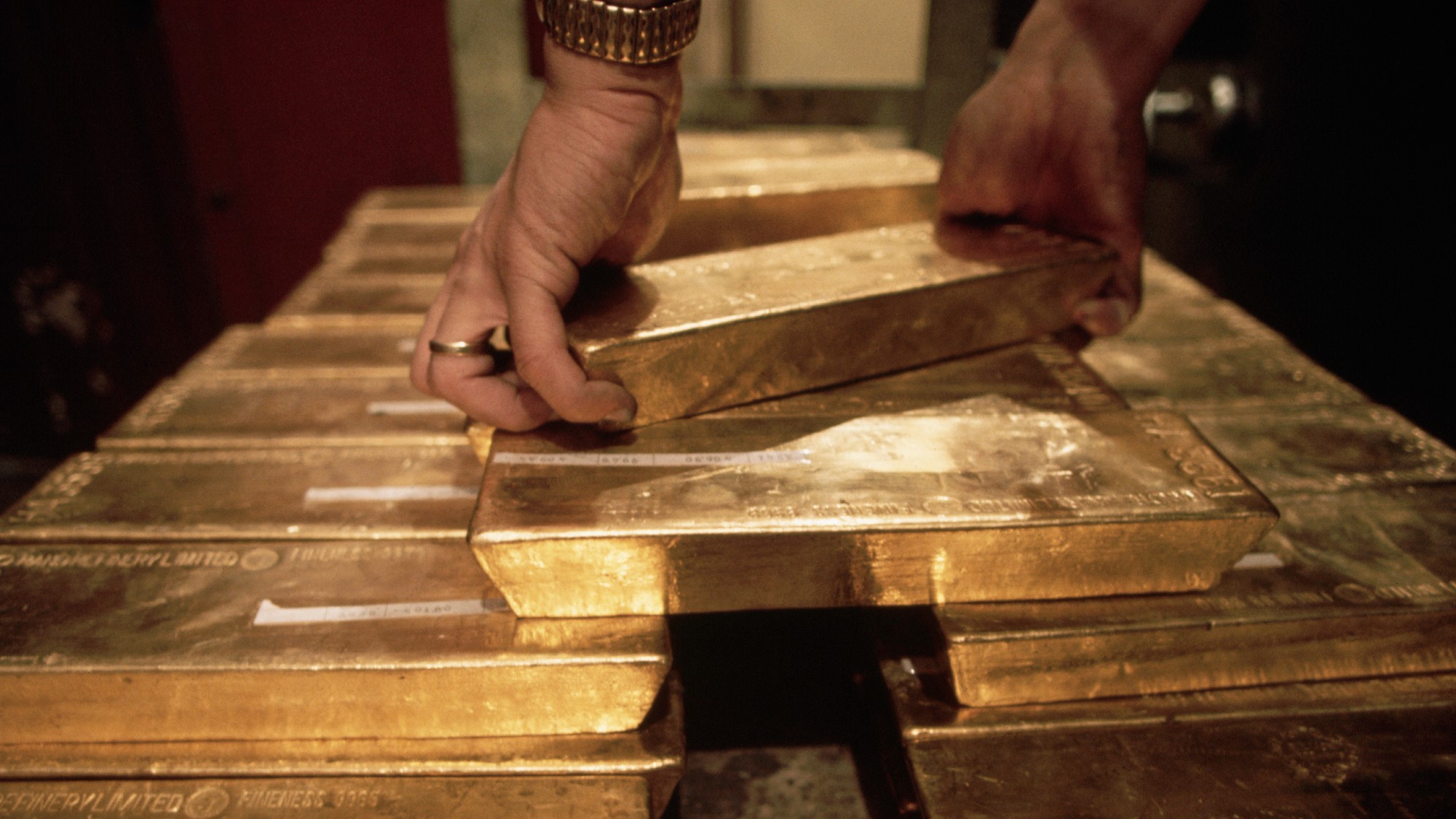 Safe harbor: Gold rises as stocks sink
Safe harbor: Gold rises as stocks sinkfeature It's a golden age for goldbugs
-
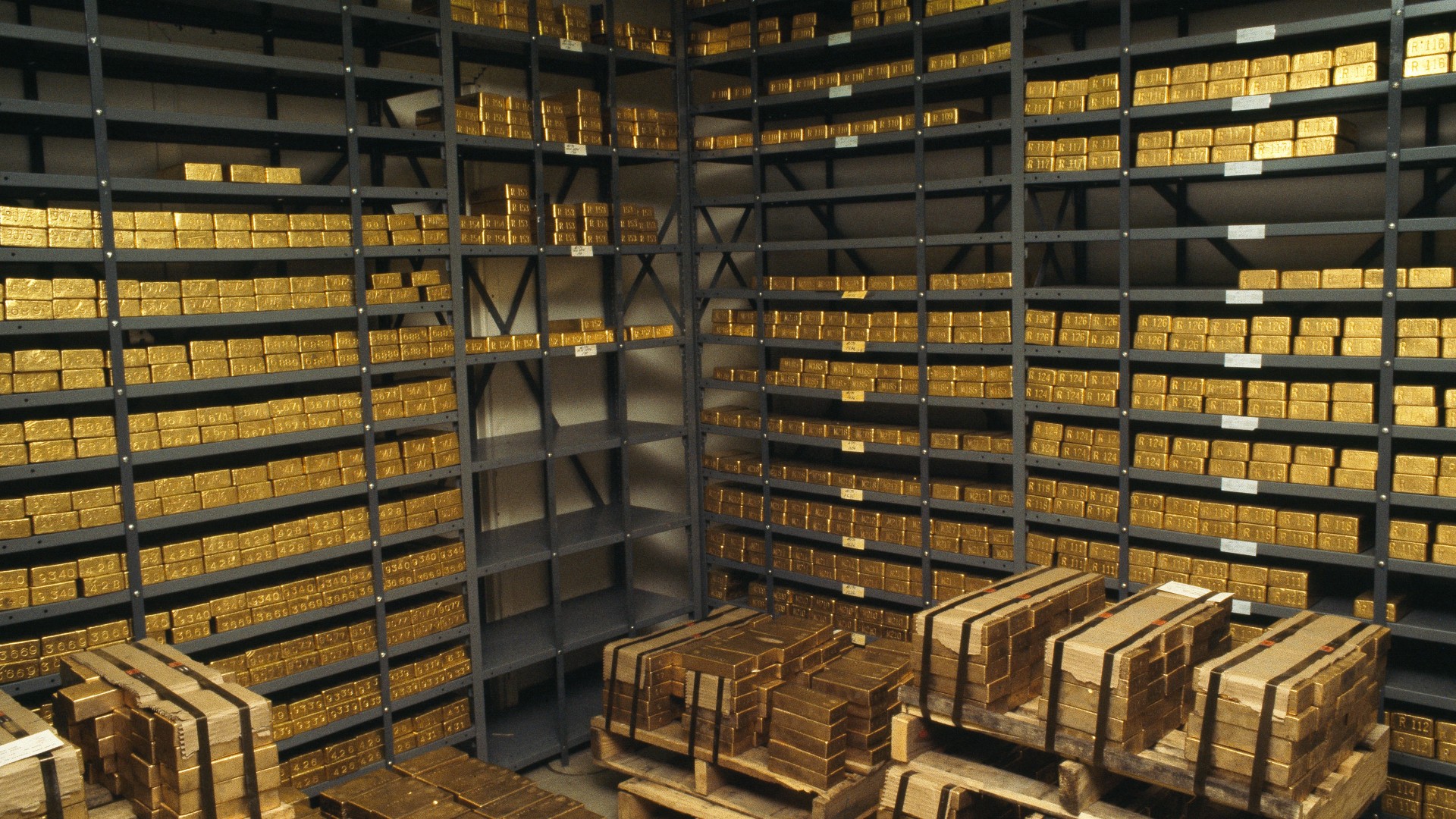 What rising gold prices can tell us about the economy in 2024
What rising gold prices can tell us about the economy in 2024The Explainer Market hits all-time high, boosted by a weakening US dollar and rising global tensions
-
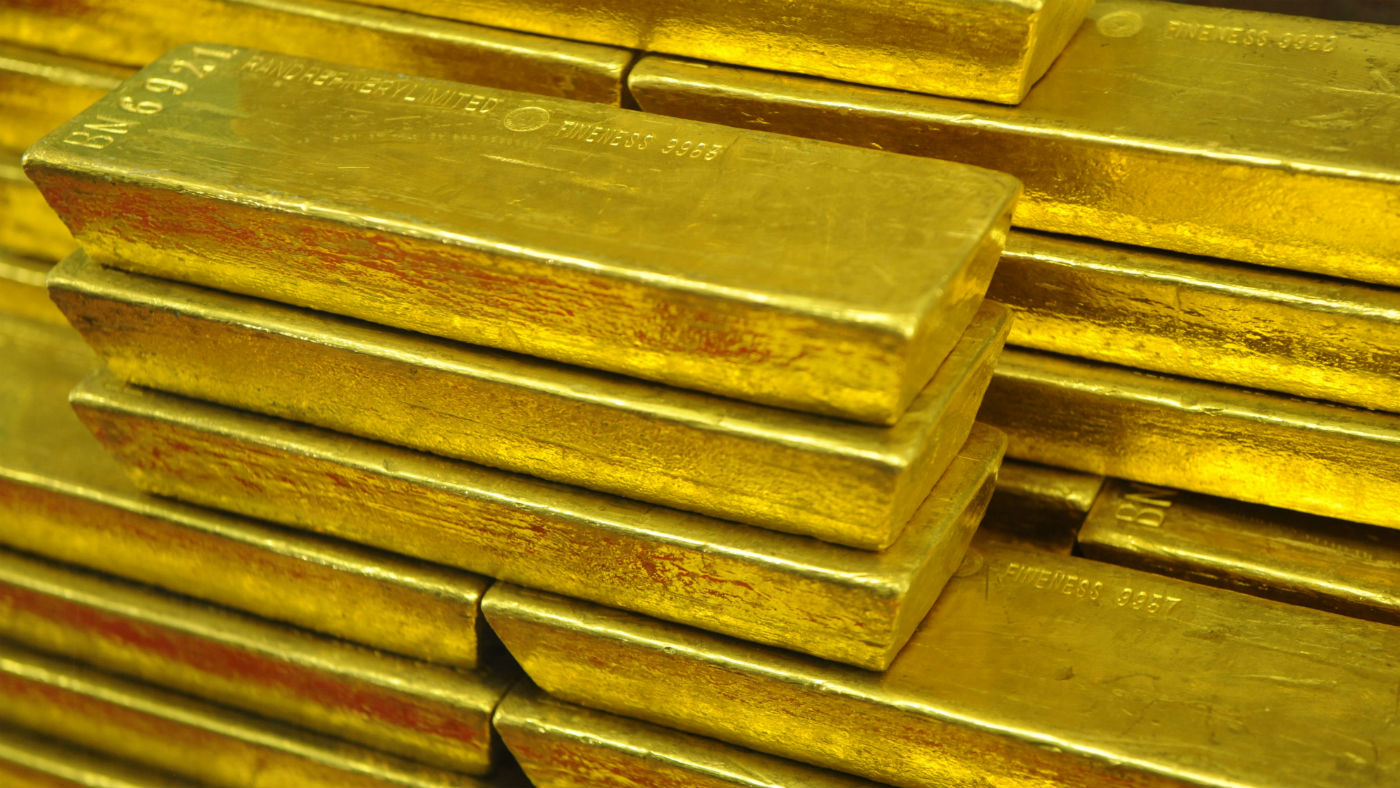 Gold’s ‘flash crash’: what the experts think
Gold’s ‘flash crash’: what the experts thinkfeature Bad news, good news and a loss of faith
-
 What is the price of gold and when is best to buy?
What is the price of gold and when is best to buy?Speed Read Economic and geopolitical uncertainty traditionally drives investors to reliable metal markets